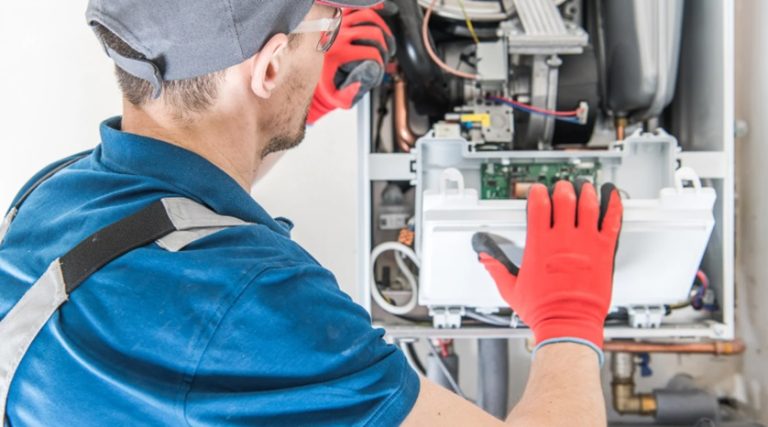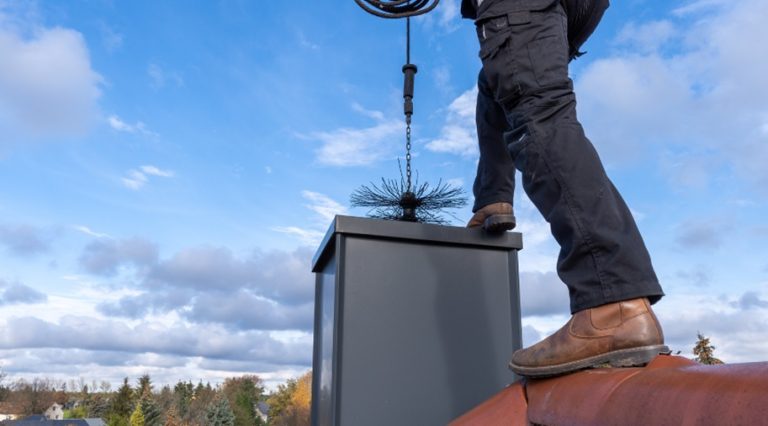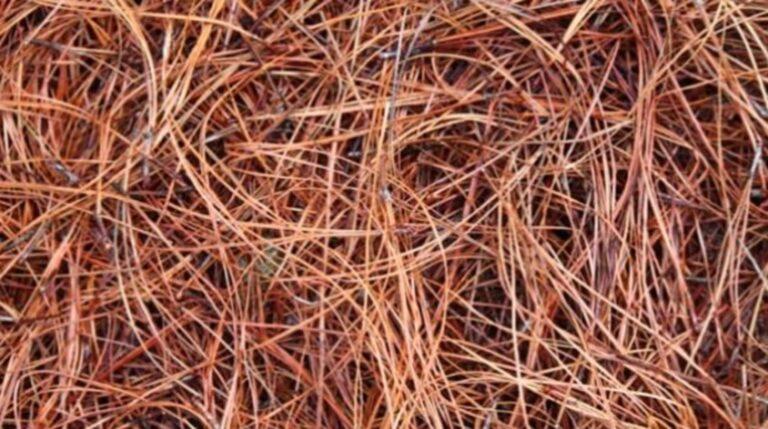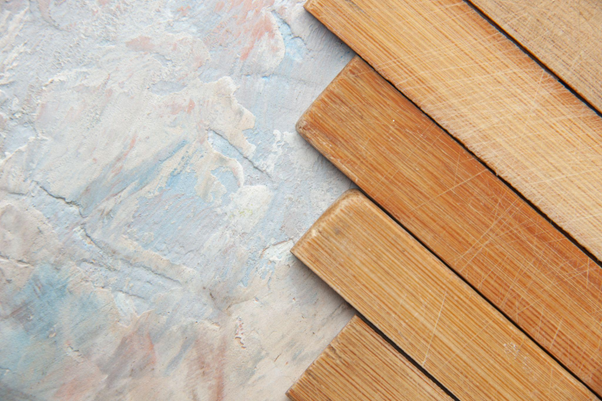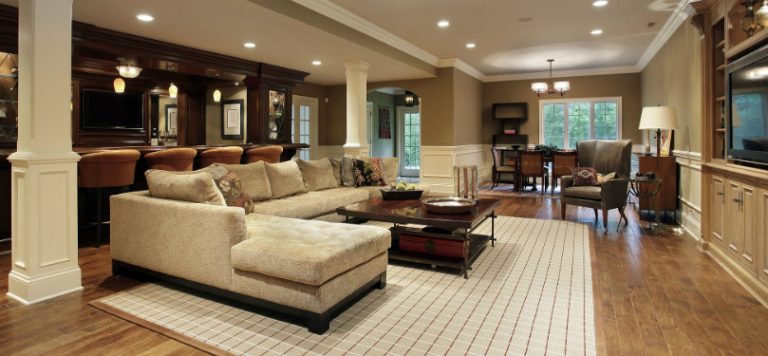Prefabricated home construction, or “prefab,” is a construction method that is becoming increasingly popular all-over North America, especially in places like Los Angeles and Arizona. This strategy uses components made off-site in a factory, which are then transported together on-site to create a structure.
The conventional method of building a house is to transport bricks, timber, cement, sand, steel, and construction aggregate to the site and to construct the house on site from these materials. In prefabricated construction, only the foundations are built in this way, while everything is assembled in a factory.
As the industry struggles to deal with a talent shortage, prefab can help you complete a project with a smaller crew. Because most of the work is done indoors with less strain, fewer people can get more done. These sites are also considered safer for workers than traditional sites.
Besides homes, pre-fabrication can be used on ships, aircraft, vehicles, and machines. You can say that prefabricated homes are homes made out of templates. You might say that pre-fabrication is new. However, this claim is the opposite as pre-fabrication is used since 3000 B.C.
Pre-fabrication has many benefits, and if you want to know these benefits, you can check this infographic from Green-R-Panel.


